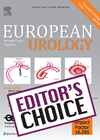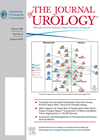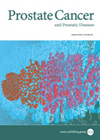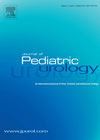
Journal Reviews archive for November 2018
Repeat transurethral resection in non-muscle invasive bladder cancer
The authors felt this is a big problem because there is no standardised practice on re-resection following initial transurethral resection of bladder tumour (TURBT). Getting detrusor muscle in the first specimen is thought to be important. However muscle is not...
Does stable or decreasing hydronephrosis on ultrasound lead to stable or improved function on diuretic renography?
Antenatal hydronephrosis is noted in approximately 1% of all pregnancies. Persistent renal obstruction may lead to progressive loss of renal function. Renal ultrasound (USS) is the preferred modality for diagnosis and monitoring of paediatric hydronephrosis as it is non-invasive, non-ionising,...
Indication to pelvic lymph nodes dissection for prostate cancer
This paper explored the role of multiparametric MRI (mpMRI) in predicting the likelihood of lymph node invasion in patients with a risk of <5% according to the Briganti nomogram. Three hundred and ten patients who underwent a preoperative mpMRI and...
Endoscopic injection of bulking agent for recurrent paediatric epididymitis
Paediatric recurrent epididymitis is frequently observed in several urogenital conditions, and may result in deterioration of long-term fertility. The management of recurrent epididymitis is still a therapeutic challenge for paediatric urologists, and as yet there is no consensus for treatment....
Incidental findings on modern imaging
Incidentalomas can be defined in a variety of ways: 1) Imaging abnormality in a healthy, asymptomatic patient; 2) Imaging abnormality not related to a patient’s symptoms or the organs in question; 3) Findings discovered by chance which can potentially affect...








